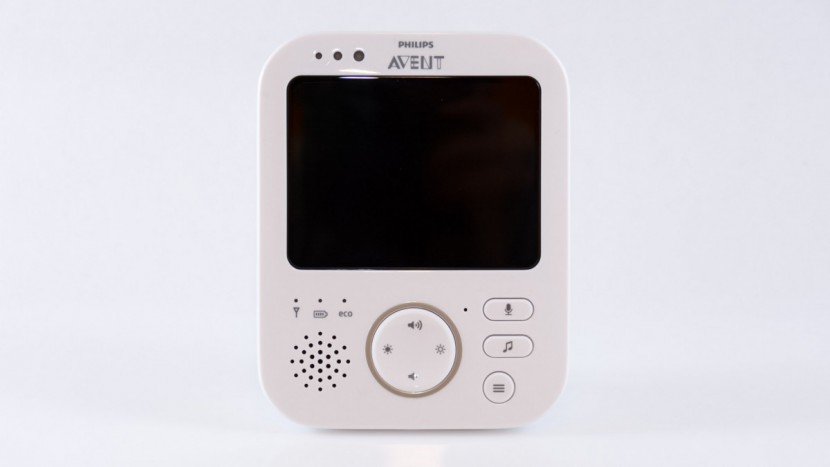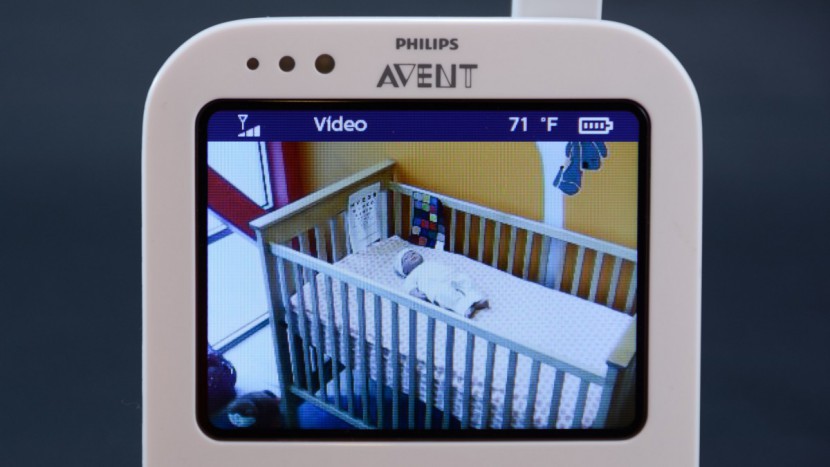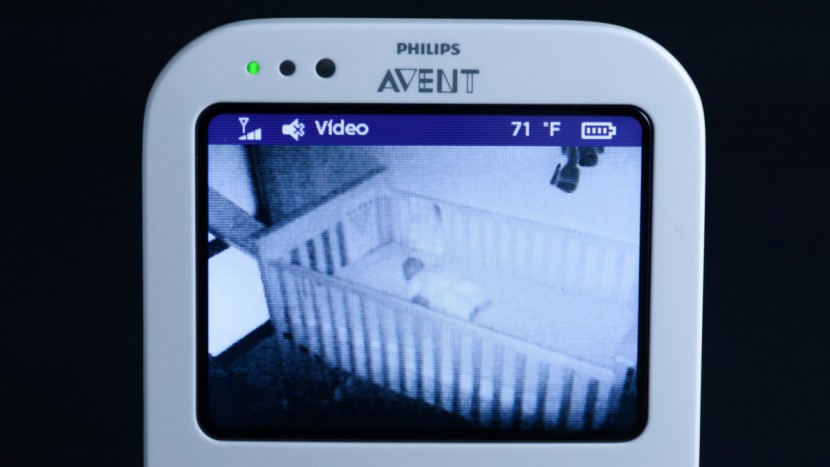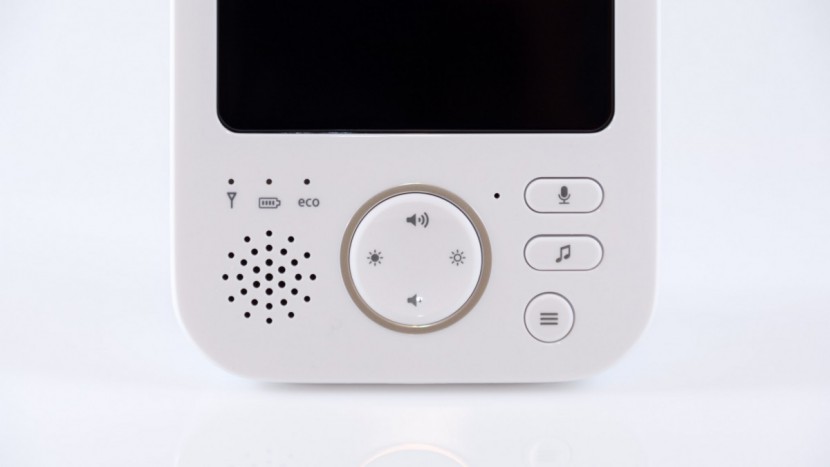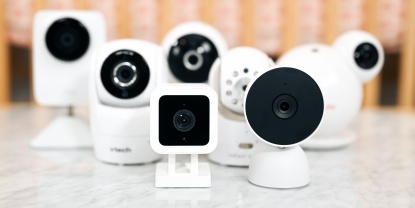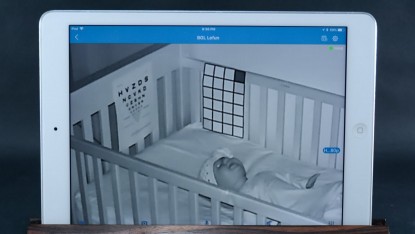This monitor has been discontinued. We will consider adding other Philips options to the lineup in the future.
Philips Avent SCD630 Review
Our Verdict
This monitor has been discontinued. We will consider adding other Philips options to the lineup in the future.
Our Analysis and Test Results
Philips of the Netherlands is a technology company focused on improving healthy living. The Philips Company started in 1891 by Gerald Philips and his father, Frederik Philips. They began manufacturing incandescent lamps and other electrical products. Over the years the company began to diversify into additional electronic products including lamps, televisions, and radios, shavers, and x-rays. In 1963, Phillips introduced the compact audio cassette, and they partnered with Sony to create the CD and the DVD. Phillips continues to develop products for the collection and transmission of audio and visual information for families and industry.
Range
The Philips has the most impressive range for any dedicated monitor in this review.
This monitor functioned inside through up to 5 walls and 92 ft. It was almost able to work through the 6th wall, but it started breaking up, but the sound is pretty consistent. Towards the end, it started to glitch with static, but you could still hear the baby. The outside open field test works up to 700 ft well, became less reliable by 750 ft, and lost signal entirely past 800 ft. The manufacturer claims a range of 984 ft line of sight, which we couldn't duplicate in our tests.
Audio / Visual
The Philips earned one of the best scores of any monitor in the group, including the WiFi options.
The Philips has a maximum amplification of 100 dB with clear sound, that only has distortion at higher levels in our tests with music only (not with the baby). It offers sound activation in ECO mode with a low activation of 78dB and a high of 87dB. The sound has no echo and is somewhat bright. The sound sensitivity on the highest level took a little longer to pick up our crying baby than we would have liked, but it did kick on with only a little delay.
The Philips offers average video quality compared tot eh WiFi options but performed well compared to other dedicated monitors.
The Philips daytime images are a little on the dark side compared to real life, but the picture is clear and has excellent clarity even using the zoom feature. The night images aren't as good as the daytime images. They were relatively grainy and got worse when using the zoom feature. With additional lighting in the room, the video got better, but still aren't the best quality.
Ease of Use
The Philips is one of the easiest to use dedicated monitors. This camera and parent unit pair when you plug them in, which is good for technically challenged parents.
This monitor has the most used features with buttons on the front for easy access. The menu isn't the best for accessibility, but it doesn't have to be because you can find most of what you regularly need outside the menu. Overall, it is a straightforward, easy monitor to use even without the manual if necessary.
Battery Life
The Philips has less than stellar performance in our tests for battery life.
The battery in this monitor is lithium-ion and has a runtime of approximately 9.5 hrs in our tests. Philips claims a battery life of 10 hrs for this unit, which is close to our results during testing.
Features
The Philips doesn't offer much in the way of features compared to the competition.
The Philips parent unit has a 3.5 in screen and only works with one camera. It does have a belt clip for hands-free monitoring using it away from the bedroom.
This monitor offers a few features including a temperature sensor, but it did not reflect an accurate temperature for the room with a 2-degree disparity. This difference may not be a big deal, but if you are trying to maintain a certain temperature, you'll want to check the sensor for accuracy. Probably the most missed feature will be the lack of remote control over the camera. There is no pan or tilt control, so if you need to change the field of view, you will need to be in the same room to make adjustments.
This video monitor also offers the following features:
- Two-way talk
- Sound activation
- Auto screen wake/sleep
- 2X zoom
- Night vision
- Five lullabies
- Nightlight
Electromagnetic Field (EMF) Levels
The Philips camera has an EMF reading of 1.91 V/m with the reader 6ft from the camera. The EMF exposure decreases as the camera gets further from the baby. The EMF reading for the parent unit is about 4 V/m when placed 3ft from the reader. Unfortunately, parents will likely be closer to the parent unit at night than the baby is to the camera because parents keep the device on their nightstands nearby so they can reach it in the middle of the night. Once again, the further the parent unit is from your person the less exposure you will have to EMF.



